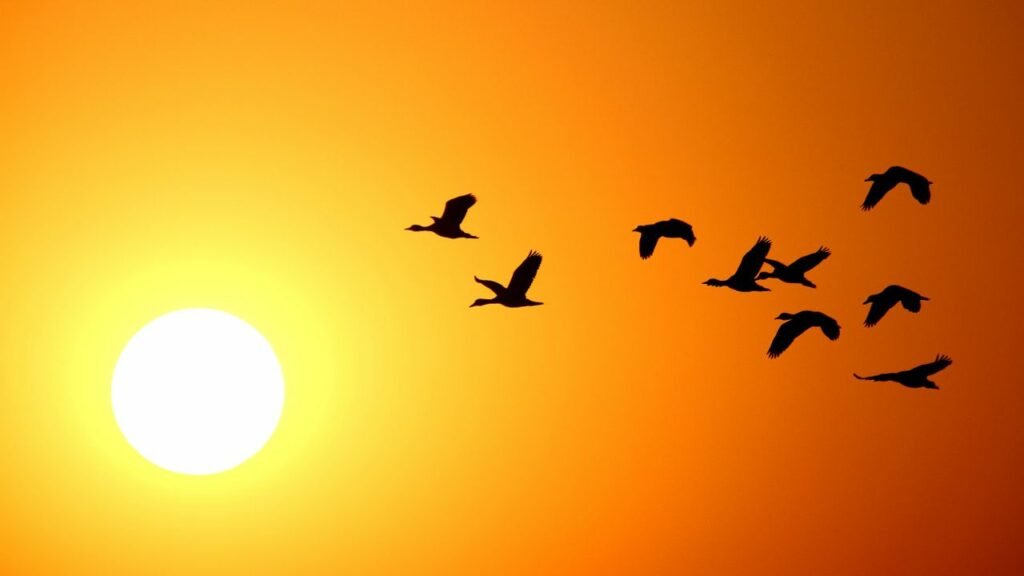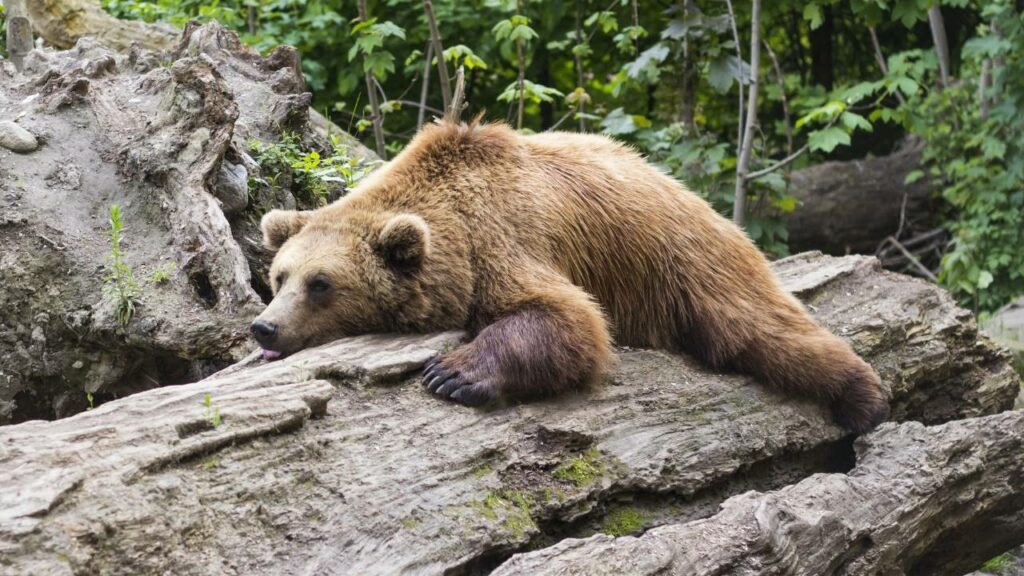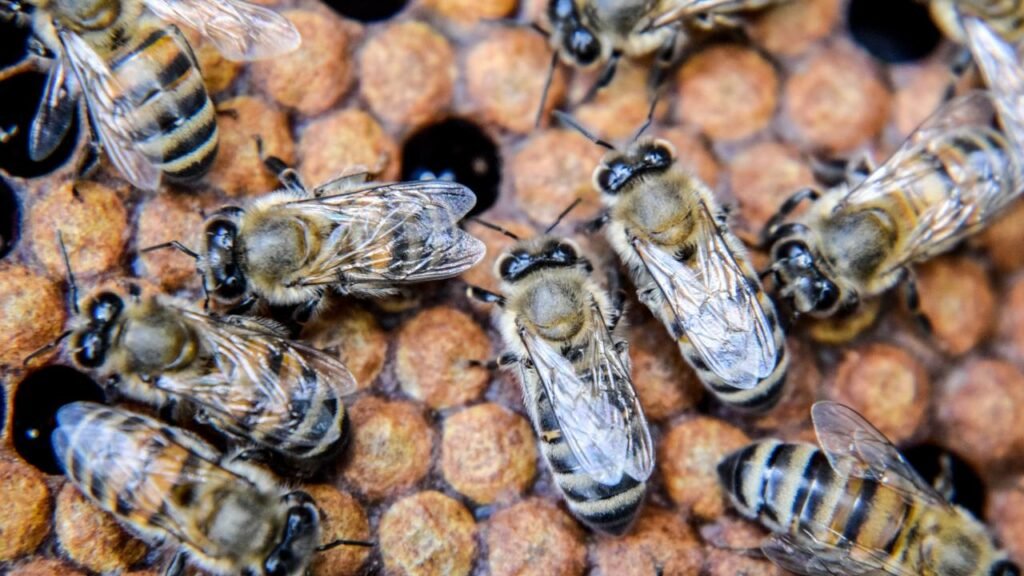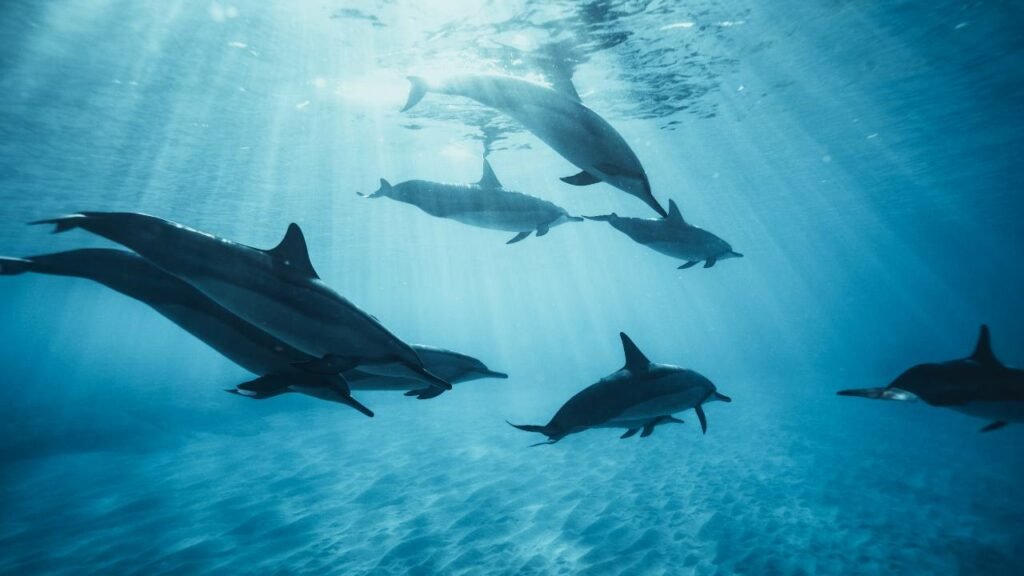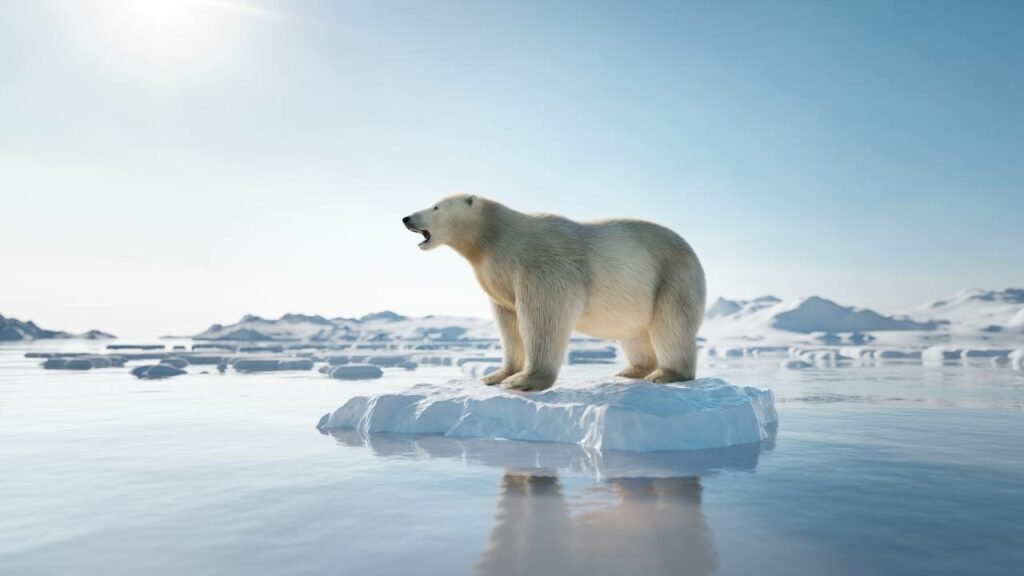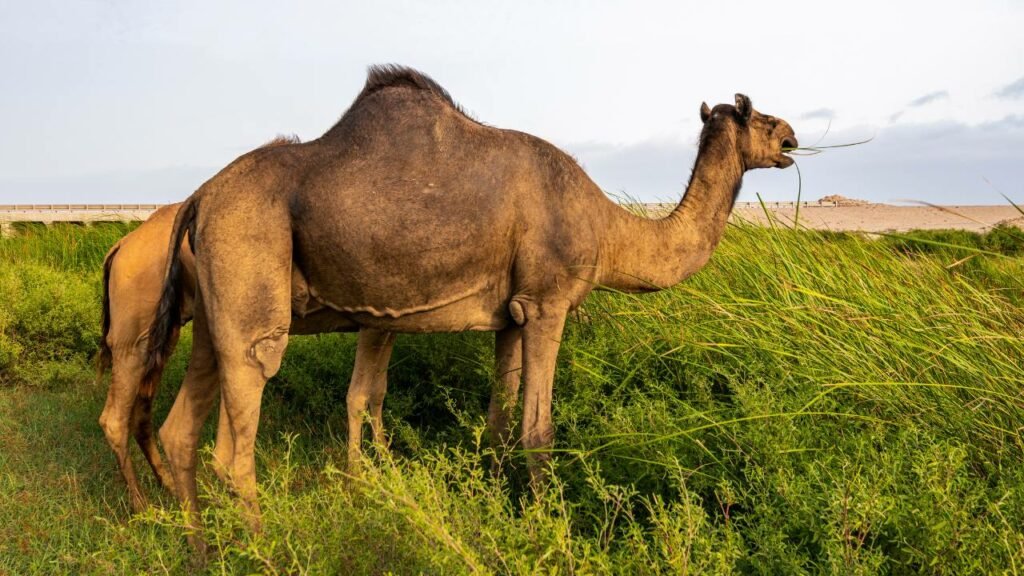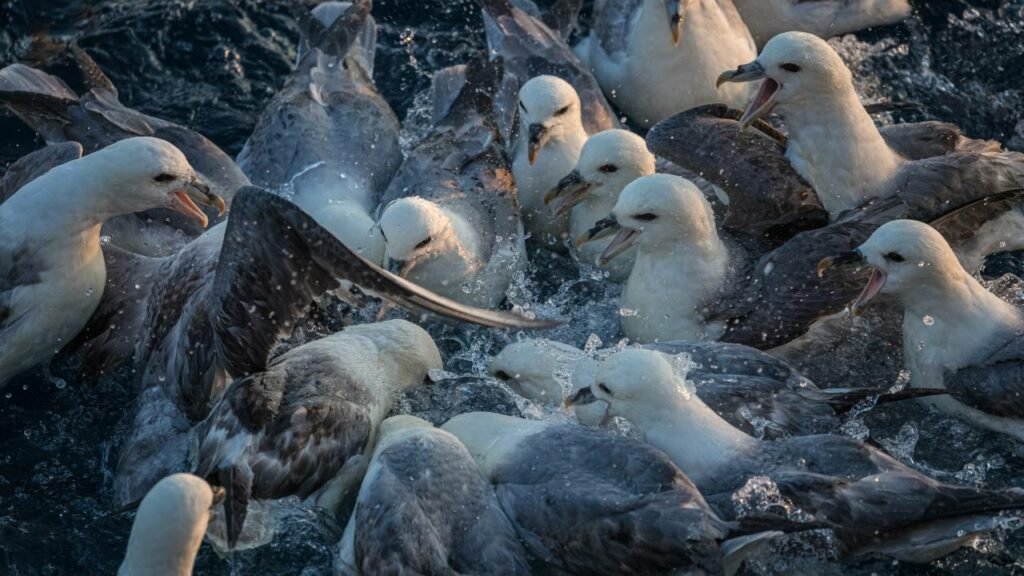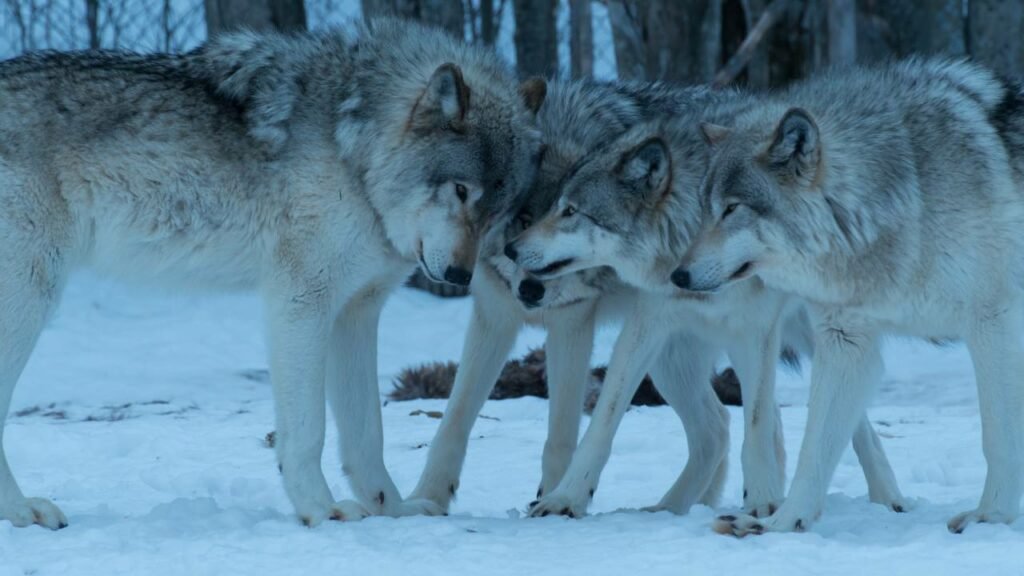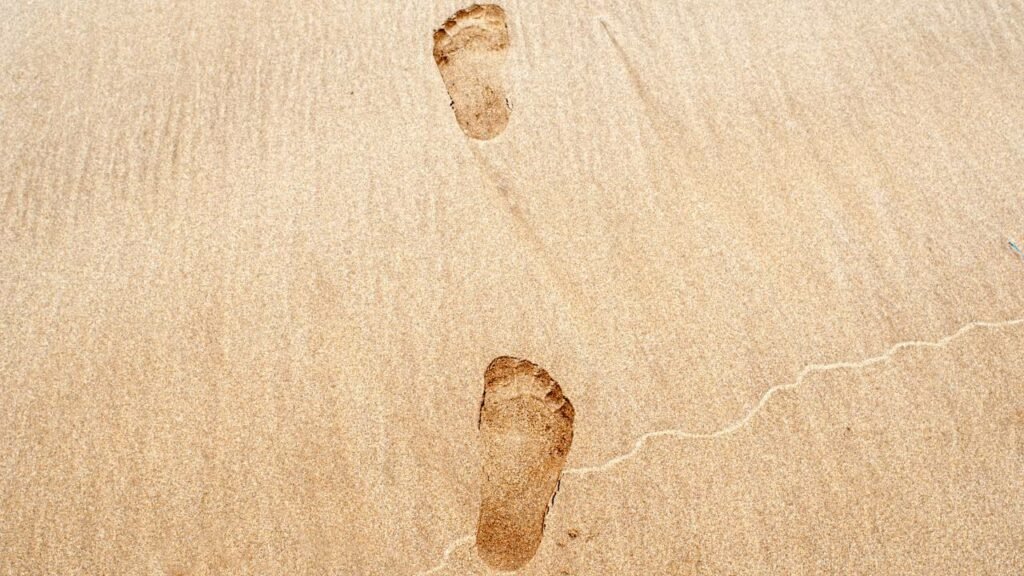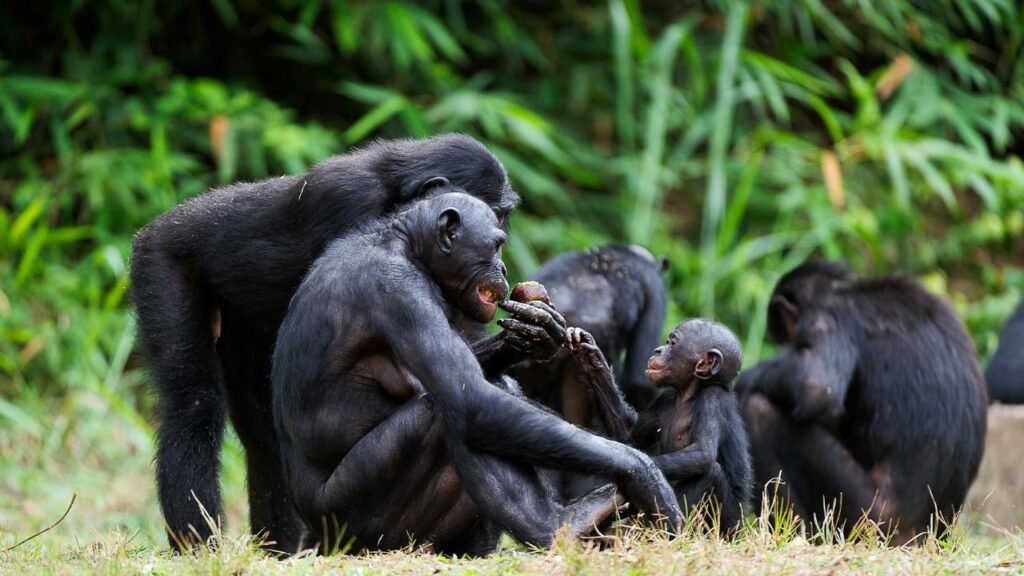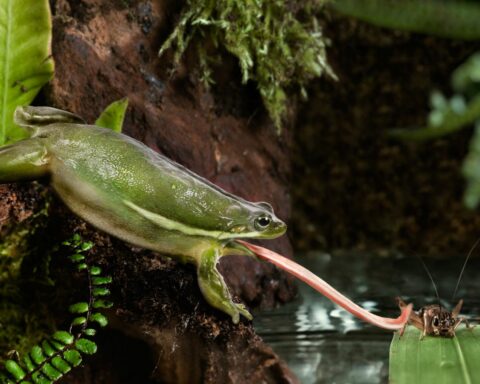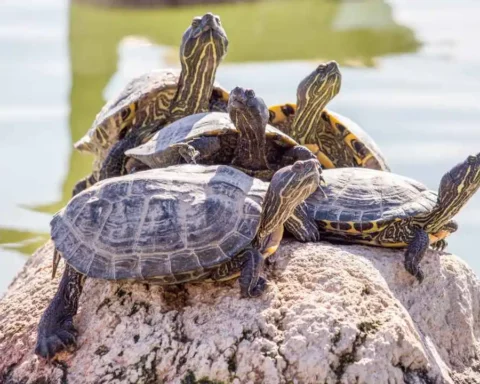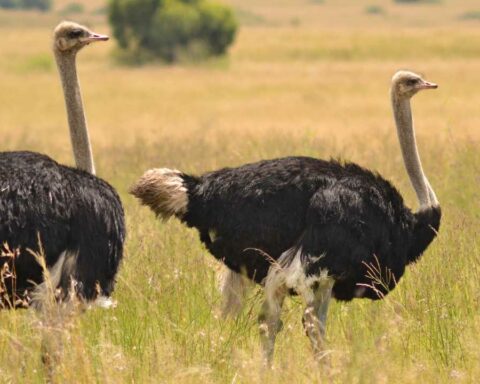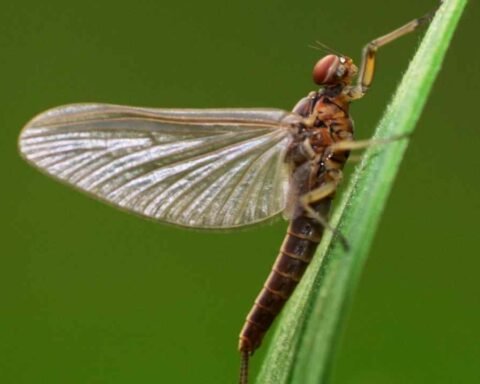So, what are behavioural adaptations? Imagine you’re walking in the forest, and you suddenly spot a squirrel darting up a tree, quickly hiding its stash of nuts. That right there is a behavioural adaptation in action! Essentially, a behavioural adaptation is a change in an organism’s actions or habits that allows it to better survive in its environment. This fascinating phenomenon can be seen everywhere, from the deepest ocean trenches to the highest mountain peaks. It’s the birds migrating thousands of miles, the bears hibernating through the harsh winter, or the bees communicating through a complex dance.
Why is Behavioural Adaptations important?
Well, think about it. Without behavioural adaptations, animals wouldn’t survive in the wild. Imagine a bird that didn’t know how to fly, or a fish that didn’t know how to swim – life would be pretty difficult, wouldn’t it? Behavioural adaptations allow creatures to navigate their world safely and effectively, whether it’s finding food, avoiding predators, or attracting a mate.
Why should we humans care about behavioural adaptations?
For starters, understanding these behaviours gives us a window into the lives of other creatures and the struggles they endure for survival. It allows us to appreciate the depth of nature’s cleverness, revealing an intricate tapestry woven over millions of years of evolution. Plus, this knowledge is crucial in our efforts to protect and conserve wildlife, ensuring that the dance of life continues unabated.
Excited yet? We’re just scratching the surface. Let’s explore further and uncover the secrets of nature’s survival strategies. Welcome to the amazing world of behavioural adaptations! Let the journey begin.
Remarkable Examples of Behavioural Adaptations
We’ve seen what behavioural adaptations are and why they’re crucial. Now, let’s meet some of the planet’s most innovative survivalists and explore their fantastic tactics.
Birds – The Great Travelers
First, let’s cast our eyes to the skies. Each year, flocks of birds undertake epic journeys, traveling thousands of miles in a phenomenon known as migration. From Arctic terns that fly from the North Pole to the South and back, to tiny hummingbirds that brave vast oceans, these feathery aviators embark on these perilous trips to find food, escape harsh weather, or find the perfect spot for raising their chicks. Talk about frequent flyers!
Bears – The Long Sleepers
Next, let’s walk through the forest and peek inside a cozy den. Shhh! You’ll find a bear deep in hibernation. This long winter sleep isn’t just a way to avoid the cold, but a smart adaptation to survive when food is scarce. By slowing down their heart rate and lowering their body temperature, bears conserve energy, living off their fat reserves until spring arrives with its bounty. Who knew sleeping could be such a brilliant survival tactic!
Insects – The Tiny Strategists
Turning to the tinier inhabitants of our world, let’s buzz over to the fascinating realm of insects. Did you know that bees perform a unique ‘waggle dance’ to communicate with their hive-mates about the location of food sources? And that’s not all. Some ant species have turned into tiny farmers, cultivating fungus in their colonies for food. It’s a bug’s life indeed, full of innovative ways to ensure survival!
Marine Life – The Underwater Innovators
Now, let’s plunge into the ocean depths. Dolphins are not just playful swimmers; they use sonar, or echolocation, to find food and navigate the dark depths. They emit sounds that bounce off objects, and by listening to the echoes, they can locate and identify their surroundings. Then, there are the creatures of the deep sea, like anglerfish, that use bioluminescence to lure prey or attract mates in the pitch-dark environment. Truly, the ocean is a treasure trove of ingenious adaptations!
Plants – The Silent Adapters
Finally, let’s not forget our rooted friends – the plants. Yes, even they exhibit behavioural adaptations! Take the Venus flytrap, a fascinating plant that has turned the tables on insects. Instead of being a meal for bugs, this plant catches them! When an unsuspecting insect lands on its open ‘mouth,’ the trap snaps shut, and the insect becomes a nutritious meal. Now that’s a plant with bite!
From the land, sea, and sky to the smallest crevices on Earth, behavioural adaptations abound. They are the strings pulling the marionettes in the grand theater of life, shaping the narrative of survival in our fascinating world. And remember, every creature, no matter how big or small, plays a starring role in this drama of existence. Now, isn’t that something to marvel at?
Behavioural Adaptations vs. Physical Adaptations
First off, let’s unwrap what physical adaptations are. Physical adaptations are changes to an organism’s physical structure or physiology that help it survive in its environment. These adaptations are often woven into the very DNA of the species, visible in the shape, color, or function of their body parts.
Take, for example, the thick fur and layer of blubber in polar bears, designed to keep them warm in icy Arctic conditions. Or consider the long neck of a giraffe, perfect for reaching those tasty leaves high up in acacia trees. And don’t forget the sharp claws of a mountain lion, built for catching fast-moving prey. These are all prime examples of physical adaptations.
Now, let’s compare and contrast these with behavioural adaptations. While behavioural adaptations involve changes in an organism’s actions or habits, physical adaptations relate to changes in their physical traits. In other words, one is about what animals do, and the other is about what they are.
For instance, a camel, with its physical adaptations like a hump to store fat and long eyelashes to keep out sand, survives in harsh desert conditions. But it also showcases behavioural adaptations, like feeding in the early morning and evening to avoid the desert’s intense daytime heat.
Behavioural and physical adaptations are like two sides of the same coin, both integral to an organism’s survival and reproduction. They often work hand in hand. A great example is the woodpecker. Its physical adaptations include a strong, sharp beak for drilling into bark and a long tongue for reaching insects. But its behavioural adaptations are just as important, such as the knowledge of where and when to peck to find its food.
So, while behavioural adaptations might seem like the brainy sibling, mastering tactics and strategies, physical adaptations could be considered the brawny sibling, evolving stronger wings, sharper claws, or tougher skins to survive. But in reality, they’re an inseparable team, each contributing their unique strengths to ensure the survival of their bearer in the magnificent drama of life. Together, they weave a breathtaking tapestry of existence that stretches across the many landscapes of our planet.
The Evolution of Behavioural Adaptations
Now that we’ve acquainted ourselves with behavioural and physical adaptations, it’s time to dig a little deeper. Let’s journey back in time, millions of years, to explore how these cunning survival tactics have developed. The magical process? Evolution! The tools? Natural selection, survival of the fittest, and the ever-present guiding hand of the environment.
Natural Selection – The Ultimate Reality Show
First up, let’s talk about natural selection, the grand maestro of evolution. This is essentially nature’s reality show, where only the strongest contestants, or rather, adaptations, make it to the next round.
In this epic contest of life, organisms with the most beneficial adaptations have a better chance of surviving, reproducing, and passing on these beneficial traits to their offspring. Think of it like a game of survival where the prize is life itself!
Survival of the Fittest – More Than Just Strength
Next, we encounter a phrase you’ve probably heard before: survival of the fittest. But don’t be fooled by the word ‘fittest’. This doesn’t necessarily mean the strongest or the fastest; rather, it refers to those who ‘fit’ their environment best.
In the great race of life, animals that adapt behaviourally to their surroundings have a greater chance of surviving and reproducing. Whether it’s a bird learning to fly in specific patterns to avoid predators, or a tiny insect developing complex social structures to better gather food, the best fit for the environment comes out on top.
The Environment – The Grand Designer
Finally, we mustn’t forget the role of the environment in shaping adaptations. Like an artist with a blank canvas, the environment, with its varying climates, landscapes, and resources, shapes and colours the adaptations of the organisms within it.
Imagine an environment as a complex puzzle. Each creature must find its own unique way to solve it. That could mean developing a behavioural adaptation, like migrating to warmer climates during the winter, or a physical one, like growing thicker fur. The environment provides the questions, and through evolution, creatures develop the answers.
The Impact of Behavioural Adaptations on Survival and Reproduction
After our journey through time and evolution, let’s now take a closer look at the real-world benefits of these behavioural adaptations. How do they contribute to an animal’s survival? Do they have any influence on reproduction? And what about the creation of intricate social structures and behaviours?
Higher Score on the Survival Game
Let’s start with survival rates. Quite simply, an animal with effective behavioural adaptations has a better chance at living a longer and healthier life. Picture a hare that’s learned to freeze and blend in with its surroundings when a fox is near. Or consider migratory birds that journey to warmer climates when food becomes scarce in winter. These smart behaviours significantly increase their chances of survival.
Finding Love in the Wild
Next, let’s talk about love, or rather, reproductive success. In the animal kingdom, having the right moves can mean the difference between passing on your genes or not. Many birds perform elaborate courtship dances. Male bowerbirds even build ornate structures, decorating them with colourful objects to impress potential mates. All these behaviours, honed over countless generations, can greatly increase an animal’s chances of finding a mate and producing offspring.
Creating Complex Social Networks
Finally, behavioural adaptations can lead to the creation of incredibly complex social structures and behaviours. Take a look at the impressive cooperation in a wolf pack or the division of labour within a beehive. These sophisticated social structures are the result of behavioural adaptations and have a significant impact on the survival and reproductive success of these species.
Behavioural adaptations are nature’s survival toolkit, arming creatures with the strategies they need to navigate the challenges of their environment. They have a profound impact on the survival and reproductive success of species, and they are the architect of some of the most complex and fascinating social behaviours seen in the animal kingdom.
Human Influence: The Impact on Behavioural Adaptations and Conservation Efforts
As we marvel at the wonders of behavioural adaptations, it’s vital to consider our role in this intricate web of life. Our actions, as the most dominant species on Earth, can significantly influence the behavioural adaptations of other species. But worry not, for with awareness comes responsibility, and with responsibility, the power to make a difference.
The Human Footprint: A Double-Edged Sword
Firstly, let’s understand how human activities can affect the behavioural adaptations of other species. We might build sprawling cities, cultivate vast fields, or create artificial light and noise that permeate even the darkest night and quietest wilderness. These changes can have a profound impact on wildlife, forcing them to alter their behaviours.
For instance, animals may adjust their feeding and sleeping schedules to avoid human activity, or even start to rely on human-made resources. Think about urban foxes rifling through garbage bins, or birds nesting on building ledges. While these new behaviours can sometimes help species survive in changing environments, they can also lead to conflict, stress, and population decline.
Guardians of the Wild: The Role of Conservation
Now, more than ever, it’s essential to consider how we can protect and conserve species with unique behavioural adaptations. Conservation isn’t just about protecting habitats or curbing pollution. It’s also about safeguarding the delicate balance of behaviours that animals have developed over millions of years.
Conservation efforts can be as grand as creating protected reserves, enforcing wildlife laws, or implementing large-scale restorative projects. Or they can be as humble yet effective as educating communities, promoting responsible tourism, and encouraging citizen science.
Whether it’s protecting the migratory routes of whales or ensuring that turtles have safe beaches for laying eggs, these efforts help to preserve the rich tapestry of behavioural adaptations that decorate our world.
Our role in this wondrous story of behavioural adaptations is unique. We have the power to be both the villain and the hero, to destroy or to protect. Let’s choose wisely, because the future of our planet’s rich diversity of life hinges on our decisions and actions.
Recent Discoveries and Research in Behavioural Adaptations
Scientists worldwide are dedicated to studying behavioural adaptations, their discoveries continuously enriching our understanding of the natural world. Let’s delve into the latest findings and landmark studies in the field.
Pushing Boundaries: The Latest Findings
In recent times, research on behavioural adaptations has opened up new horizons of understanding. For instance, some scientists are uncovering the intricate ways animals use tools, previously thought to be a uniquely human trait. From crows bending wires to fish using rocks to open shells, these studies illuminate the depth of animal intelligence and adaptability.
Recent research also explores how climate change impacts behavioural adaptations. Some species are altering their migration patterns or breeding times in response to shifting weather patterns, providing valuable insight into nature’s response to global warming.
Standing on the Shoulders of Giants: Pioneering Studies
As we embrace the new, it’s also essential to acknowledge the pioneering studies that have paved the way. For instance, the classic work of Jane Goodall, who revolutionized our understanding of primates by documenting the complex social structures and tool use of chimpanzees, remains a landmark in behavioural research.
In the realm of birds, the studies of Konrad Lorenz stand out. Lorenz, a Nobel laureate, deciphered the phenomenon of ‘imprinting’ in geese – a crucial behavioural adaptation where newly hatched goslings bond instinctively with the first moving object they see, usually the mother goose.
Finally, the research of E.O. Wilson shed light on the social behaviours of ants, coining the term ‘sociobiology’ and revealing the incredible complexity of ant colonies.
These groundbreaking studies remind us of the diligence, curiosity, and passion that underpin the exploration of behavioural adaptations.


